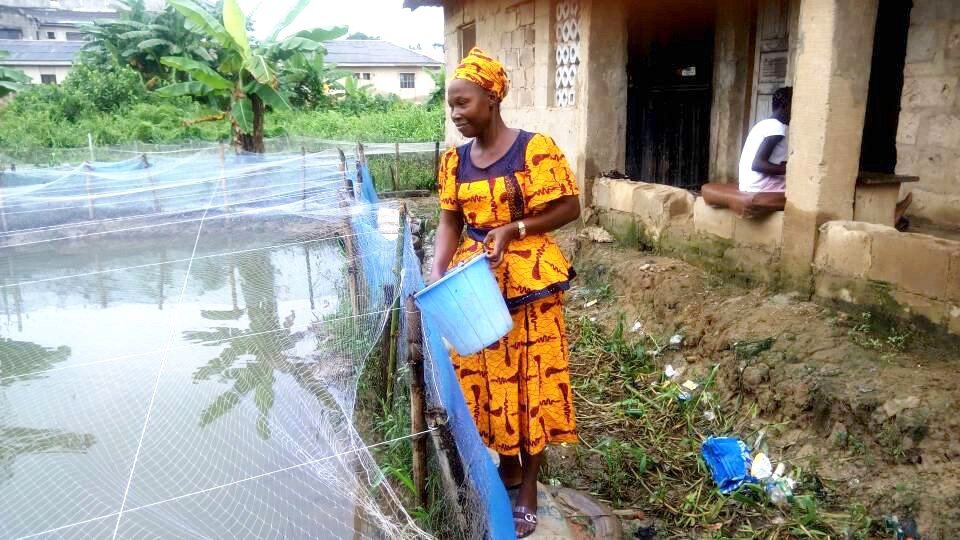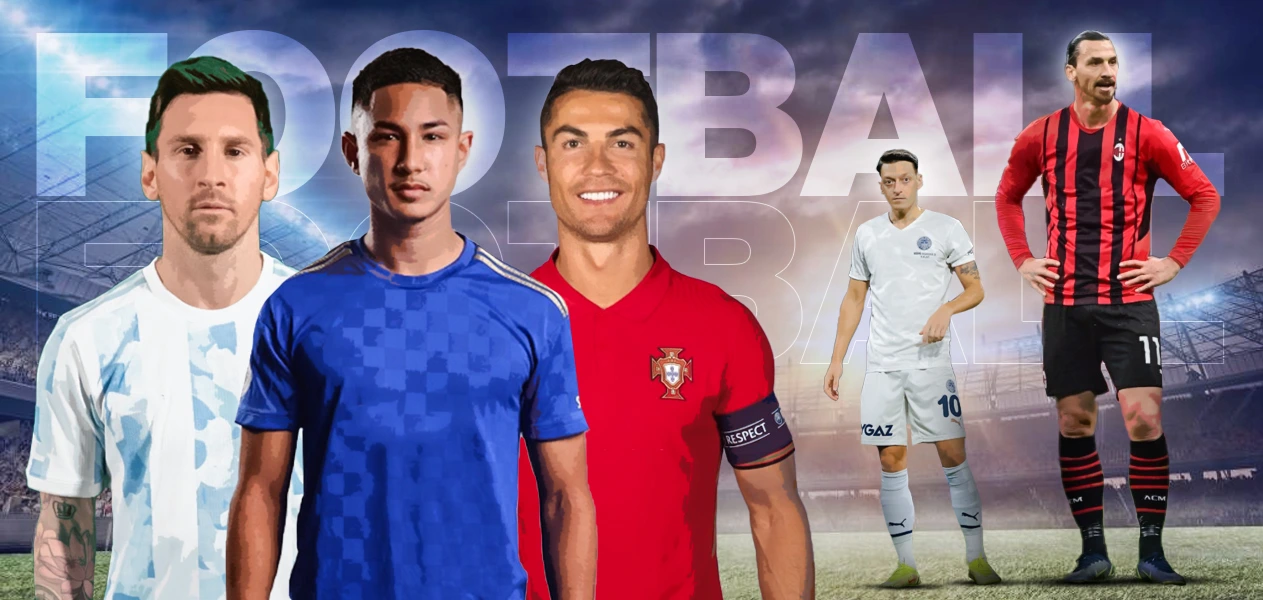What are the catfish farming feeding methods available in Nigeria? Which is the best feed for catfish in Nigeria? How can I make my catfish grow faster? What is the best feed for catfish? How do you prepare local feed for catfish? How many bags of fish feed 5000 fish? What is artificial feed for fish? How many months does it take for catfish to mature? How often should I feed my catfish? What time is best to feed catfish? Can catfish eat cooked rice? Do catfish eat leaves? What is the cost of rearing 1000 catfish in Nigeria? How do you calculate fish feeding? What is the best natural food for fish? Which fish feed is the best in Nigeria? How do you know when fish are hungry? How many times should catfish be fed in a day? How long can catfish go without food? Why is my catfish not eating? How do you feed catfish fry? What vegetables can catfish eat? What are the methods of feed formulation? What can I feed my fish to make them grow faster? How do you make homemade fish feed? How do you feed catfish? What is the price of fish feed in Nigeria? What are the names of fish feeds? What time of day should you feed fish?
Feeding Methods In Catfish Farming
The fish feed, especially the concentrates, must be a balanced diet, consisting of protein, carbohydrates, fat and oil, minerals and salt and water.
In order to enhance rapid fish growth and development, good water quality, water fertilisation and spacing must be combined with high-quality food for the fish.
This is because rapid fish growth is directly related to these factors. In fact, the pond water must be rich in all food and nutrients that the fish need.
There are a variety of feed options with which you can feed your fish at each growth stage.
Irrespective of the option you choose, consideration must be made of high protein content feeds, particularly at the fish’s early growth stages.
Some of these feeds are natural while others are artificial.
Examples of natural feeds include phytoplankton, zooplankton, snails, worms, insects, insects larvae, water, hyacinth, good or waste fresh fish, chicken intestine, animal intestine, maggots, etc. it should be noted that natural feeds grow fish better, more rapidly, and makes them more active.
Artificial feeds include fish meal, soya beans, groundnut cake, shrimps, millet, crayfish, condemned flour, brewery wastes, sorghum, corn offal, palm kernel, cake, noodle wastes, biscuit wastes, bread crumbs, rice bran, broken rice, etc.
While artificial feeds may be everywhere and almost inexhaustible, a good combination of food concentrate formulation is all you need to ensure proper fish growth.
Production Of Fish Feed In Nigeria In The Initial First Month Of Stocking
- Buy the various condiments (feed concentrate) from agro products (feed, drug, tools, etc.) marketers
- Grind them separately, using a manual or mechanically powered machine
- Mix the ground condiments together in accordance with recommended percentage relative to the desired quantity (in kilogram) you want to produce at a time and wet the mixture with water
- To produce granulated feed concentrate add water to the mixture to form a thick paste
- Use a 2mm sieve to sift the paste, so as to form granules
- Dry the granules in the sun and subsequently keep them in an airtight container
- To produce the pelleted feed concentrates add water to the mixture to wet it
- Use a manual or mechanically powered pelleting machine with the 2mm gauge
- Dry the pellets in the sun and then keep them in an airtight container
Production Of Fish Feed For Use From The Second Month Of Stocking
- Buy the various condiments (feed concentrate) from agro products (feed, drugs, tools, etc.) marketer
- Grind them separately, manual or mechanically powered machine
- Mix the ground condiments together in accordance with recommended percentage relative to the desired quantity (in kilogram) you want to produce at a time
- In other to pellet the mixture, wet the mixture with water and use a manual or mechanically powered pelleting machine with a 2mm, 4mm or 8mm gauge depending on the growth stage
- Dry the pellets in the sun and store them in an airtight container
Sourcing Already Prepared Feed
These feedstocks are sold by fish feed Pelletier’s or agro products marketers. You may choose to buy already formulated and pelleted ones or buy the various condiments, formulate them and take them to feed Pelletier’s to pellet them for you.
In this case, since you did the formulation by yourself, you will be confident of the quality of feed you are giving your fish, unlike when you buy already pelleted ones whose formulation and quality you cannot absolutely tell.
Besides, they may be more expensive, regardless of whether they are low quality or not.
Imported Branded Feed For Catfish
Recently, a new branded processed (feed concentrate) has found its way into the Nigerian market, namely Cuppence, manufactured in Holland.
The manufacturers have reportedly said it’s of high quality, and some fish farmers who have used it have confirmed that claim.
There are various grades for all stages of fish growth, from fries to adult fish. Like other fish feeds, it is being sold by a few agro feed marketers.
Culturing Guppies And Tilapia For Feeding Your Fish
Guppies are small fish usually found in gutters and shallow waters. Tilapia is a flat bony fish with scales found mostly in streams and rivers. These fish have high protein content and are also prolific breeders.
To culture them, get a few matured ones (males and females), and put them either in separate ponds or in the same pond with your catfish, particularly within one month of stocking the catfish.
Since they are prolific breeders, within a short while they would have produced a lot of their young ones, which would now serve as food for your catfish.
In some cases, because of the prolific breeding nature of the guppies and tilapias, they might be too much (especially the tilapia) in the pond, thereby competing with your catfish for space and food.
And this situation is not the best. In order to prevent this situation from happening you have to employ a measure that will both conserve as well as check their population.
To conserve their population, you need to culture some separate ponds where they will breed and live on their own. To check their population, you have to transfer some from the main ponds to separate ponds.
From here you can now transfer some of them to the main ponds from time to time as the need arises.
How To Feed Catfish In Nigeria
Feeding Formula
From the first day to one month of stocking the ponds with the fingerlings, feed them with formula A, which has to be ground together into a semi-powdery form and dried by exposing it to sunlight.
Before feeding the fish with the feed, mix the desired quantity with water to form a thick paste and then sieve it with a 2mm sieve so as to form tiny feed particles, which have to be dried and used to feed the fish for the first month from the day of stocking the pond with the fingerlings.
You can also use the 2mm palletised feed.
From then on, you can feed them with 2mm or 4mm palletised feed formula A, this is because, at the end of the first month of stocking, they would have grown into juvenile size (about 10cm).
The 2mm palletised feed of formula A has to be used for the next one month, while the 4mm palletised feed of formula A has to be used for the next 2 months.
At 4 months from the day of stocking the fingerlings, change the palletised feeds size to 8mm of formula B.
This is to be sustained until the fish is mature for harvesting, i.e. the fifth and sixth month from the day of stocking the fingerlings.
As a form of supplement and a means of enhancing fish growth and development, you could use maggots, chicken intestines, dead chicken waste, dead or live fish especially guppies and tilapia and other live animals if available and affordable to feed them at any growth stage from day one to maturity.
All you need do is to cook them and either pound or grind them into tiny particles especially during the first month of stocking before feeding the fish with them.
Once they are up to 2 months old and above, you can cut them into small parts before feeding the fish with them.
Feeding Strategy
- By the first 2 months of introduction, feed them on an average of between 4 and 6 times daily at regular intervals. From the third to fourth month, feed them between 3 and 4 times daily also at regular intervals. From then on to the time of harvest, feed them about 3 times daily at regular intervals
- From day one, apply feed to the corners of the pond because fish at this stage tend to assemble at these spots. As soon as you notice that they assemble at certain spots feed them at those spots and also drop some feed at a short distance to enable the weaker and smaller ones to gain access to food
- While feeding them, be very patient; spend between 10 to 15 minutes at each pond depending on the quantity of the fish in your pond, so as to ensure that they eat the feed given to them before you proceed. By doing this, you will not only ensure proper feeding and growth, but you will also prevent the pond water from pollution
- From the third month of stocking feed them, particularly at one spot. Feed them nonstop until they start ignoring the food given to them. You will easily notice this because they will either stop rushing at the food or they’ll rush less
How To Make Fish Feed From Chicken Waste
Chicken intestine preparation:
Get some chicken intestine; boil it in a big pot for about 15 to 20 minutes. Filter or wash out the excess oil from the intestine, wash very well with cold water and slice it into smaller pieces that your fish can easily pick.
If you are operating an earthen pond system, you can apply the boiled washed chicken intestine twice to the fish when sliced.
But if you are operating a concrete pond system, after boiling the chicken intestine you can grind it to paste and mix it with feed concentrate.
You pellet it with a machine and dry it in the sun before giving it to your fish
Feeding Allowance
In catfish production, the feeding allowance could be determined by the percentage of body weight or as a kilogram of feed per acre in a day.
The fish size and water temperature are the 2 major factors affecting feeding in catfish, whereby smaller fish eat more feed and more frequently than bigger fish.
Based on the percentage of body weight, the quantity of feed that should be fed changes daily, so it is important to know the fish’s body weight at stocking and assume a feed conversion ratio.
Steps In Calculating Fish Feed Allowance
- The average fish weight
- Divide the total weight at stocking by the total number of fish stocked
- Get the percentage of body weight recommended for feeding fish of that size
- Multiply the percentage of the body weight by the total weight of fish stocked and this will give you the amount of feed that should be fed per day
- Based on growth, calculate a new estimate each week
Wrap Up
That’s all on catfish farming feeding methods that you will find in the country. In my next series, I shall be giving more insight into the SORTING AND GRADING of your catfish. And if you missed my last article where I wrote about the stocking of Catfish Ponds in Nigeria, see it here. If you’ve not been following the series we urge you not to attempt a catfish farming business until you’ve gone through the whole of our series. See you in series 8.
Article updated 4 days ago ago. Content is written and modified by multiple authors.











